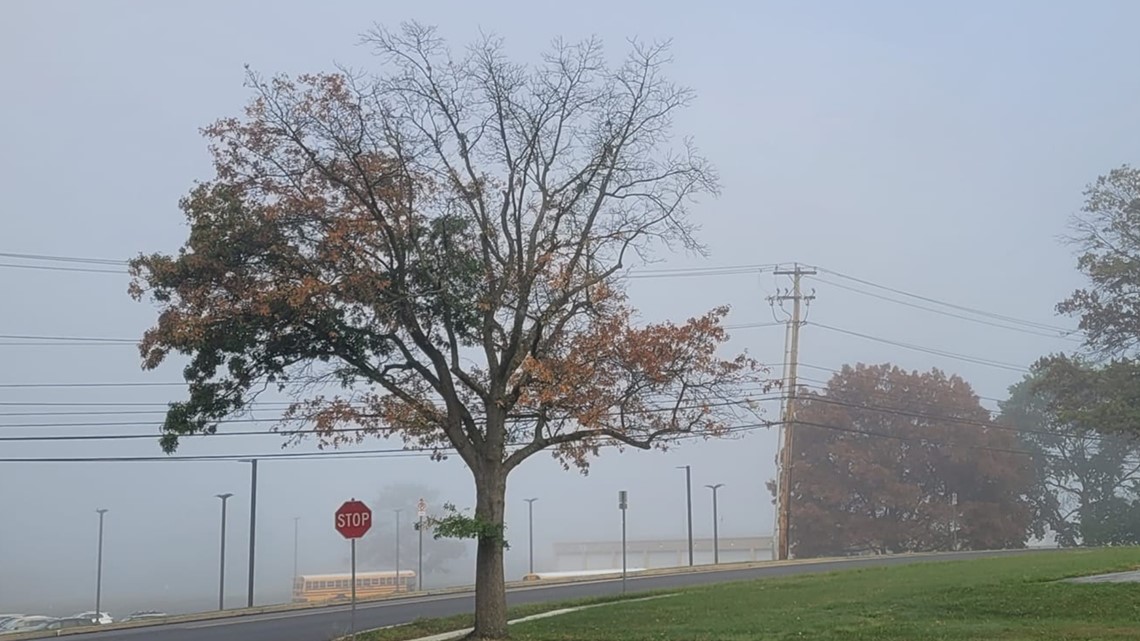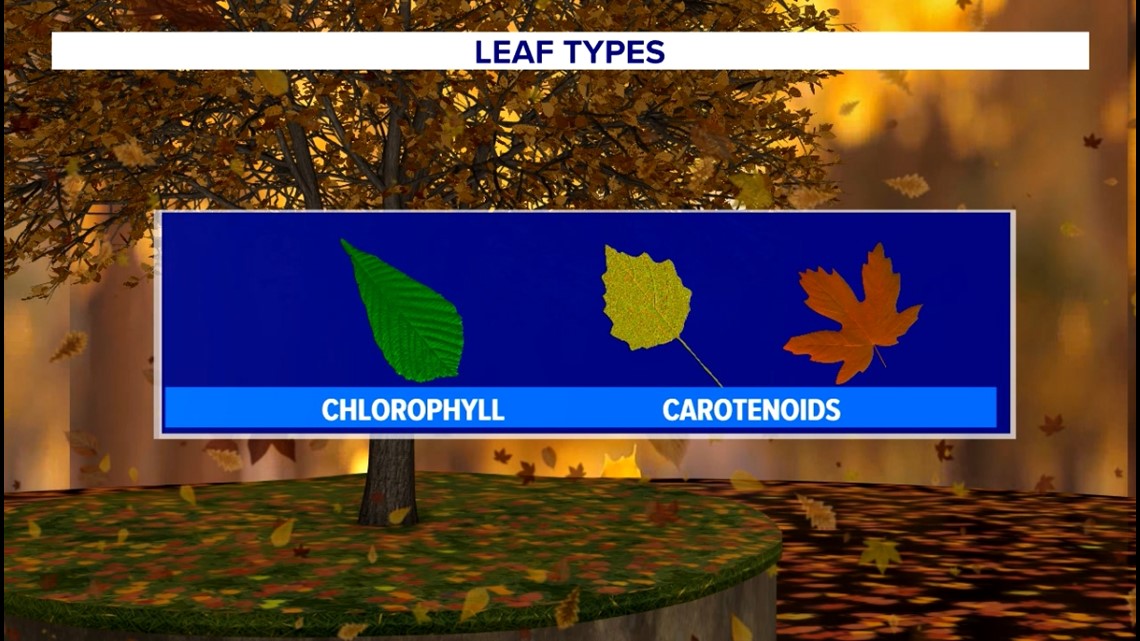MILLERSVILLE, Pa. — While we see the vibrant reds, oranges and yellows of autumn peak in mid-October, those beautiful colors are made in the late summer months.
But since the end of May, despite off-and-on showers and storms, many counties in our area have remained in varying levels of drought -- especially along the Maryland line.
Harrisburg International Airport is more than six inches below where it should be for yearly rainfall as of September 14th.
And when those beautiful colors are specifically made in July and August, falling behind on rain by just under two inches after one of the driest month of May on record just isn't going to cut it.
"If you have a drought situation, leaves will be dropped earlier than usual," Dr. Christopher Hardy, a biology professor at Millersville University, said.
Leaves are a big drain on a tree, even though they serve a vital purpose during the warmer and wetter months through photosynthesis. On the underside of those leaves, there are little pores called stomata that drain water.
"There are thousands of stomata that lose water constantly," Dr. Hardy said.
Trees and leaves can store some water, along with sugar, to survive. But, when they dry out and use up some of that water, without getting enough to replace what it loses, it enters water stress.


While the months of June and July provided close-to-normal rainfall for the area, August came up nearly two inches short. After May's nearly four-inch deficit, the drought never technically broke for some spots in the area.
"When that happens, [the leaves] turn yellow very quickly and they drop," Dr. Hardy explained. "If they can reduce their water dependency by dropping some of those leaves, they've gone a long way to conserving themselves."
As for those autumn colors we all know and love leaves technically have multiple pigments in them all year long. Leaves help the plant throughout the year create energy through photosynthesis and produce chlorophyll, which causes their green color.
But, those yellow and orange pigments, called carotenoids, live underneath the chlorophyll throughout the year. They're just covered up when the leaves are helping to create energy.


"If a plant's going to lose its leaves due to water stress, the chlorophyll is going to break down and you'll see those carotenoids exposed," Dr. Hardy said.
And unfortunately, if they are exposed early, they'll most likely be dull. That's because the trigger for leaves to fall, when not in drought, involves the change in daylight hours and cooler nighttime temperatures as we push further into the season.
Those nighttime temperatures in the 40s and below trap sugars in the leaves, which gives them a much brighter color
Because we haven't seen some of those colder temperatures, the sugar isn't generally trapped in the leaves, causing very dull colors.
"You won't see a lot of those vibrant reds because they're only made in the fall with the special conditions of cold nights and sunny days," Dr. Hardy said.
All hope isn't technically lost. Droughts don't hit all areas of a county or region equally, so some spots have higher amounts of rainfall than others impacted more heavily by reduced rainfall. But, 2023 isn't likely to give us the most vibrant autumn that many hope for.
"What you're going to have is overall fewer leaves during those peak times, therefore fewer colors and less density of the rich colors," Dr. Hardy said.

